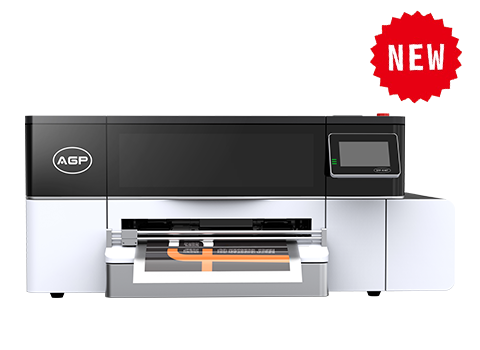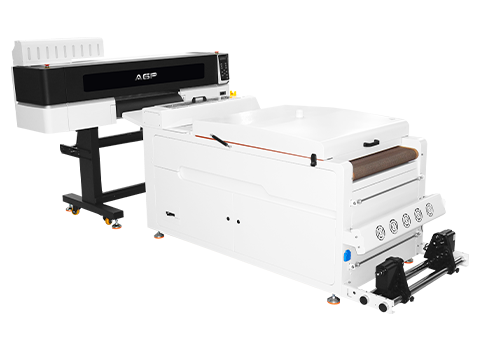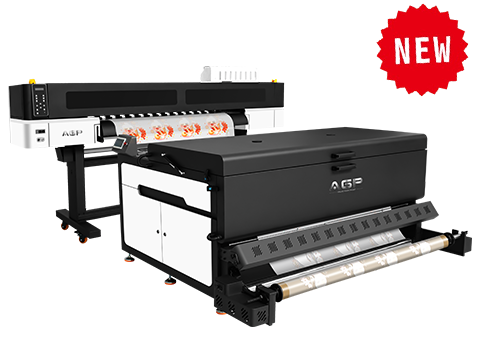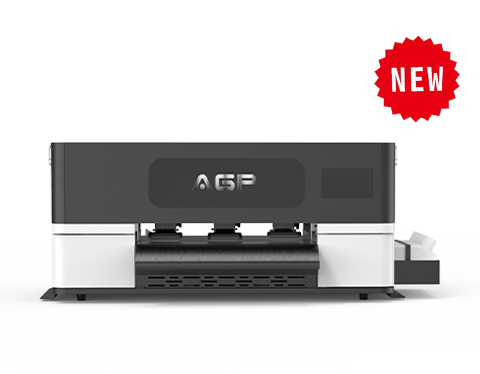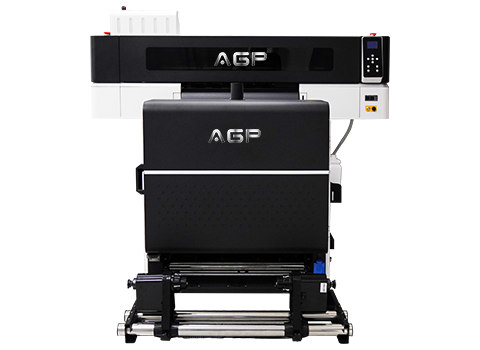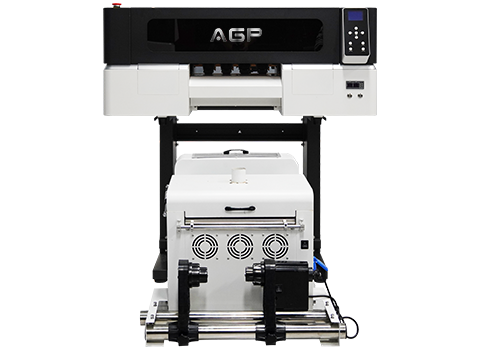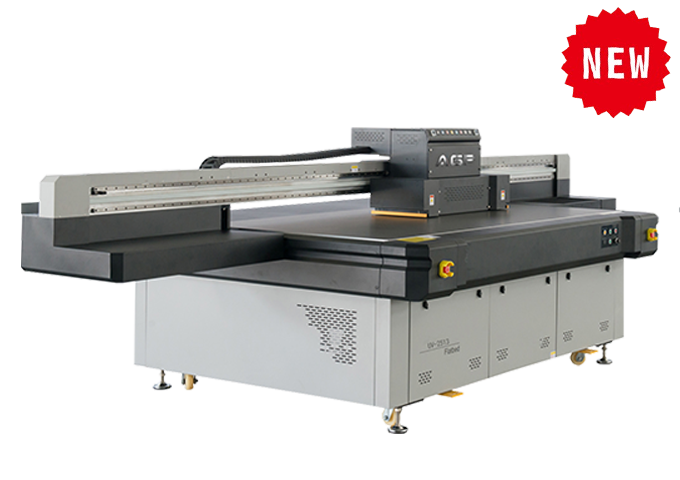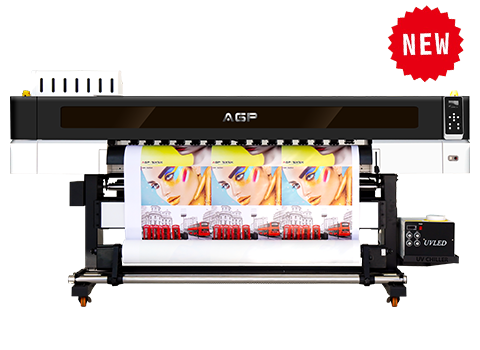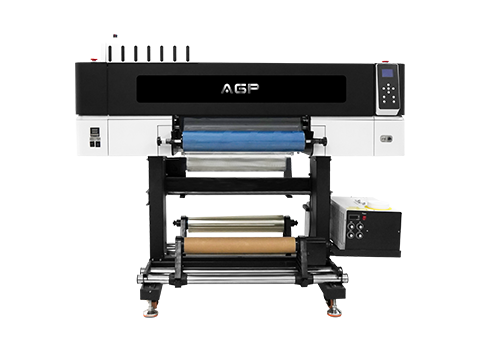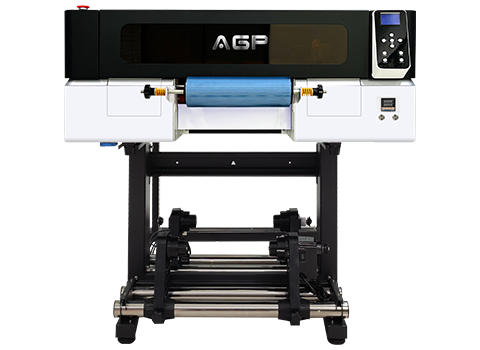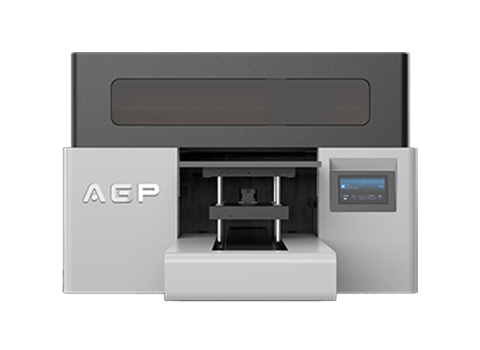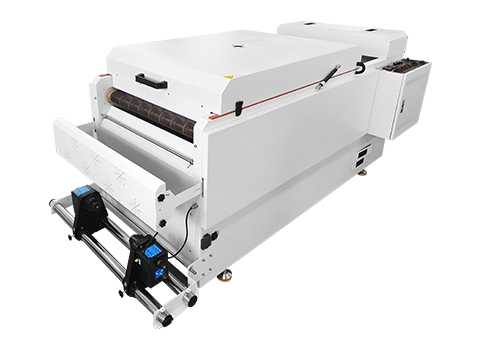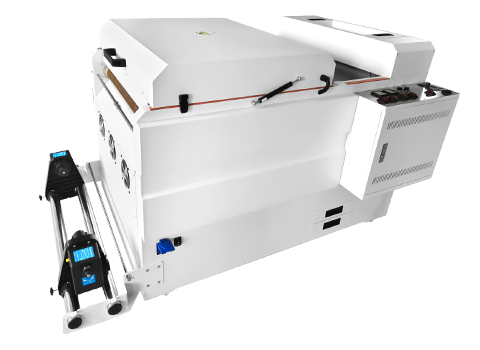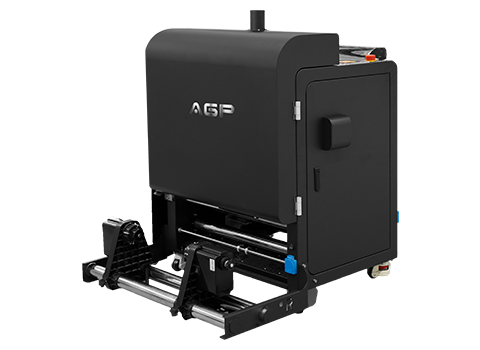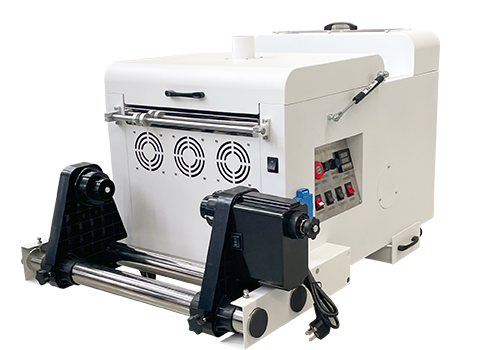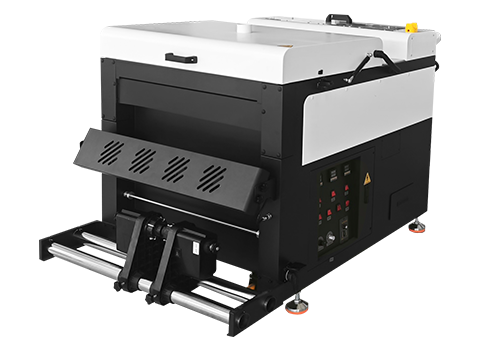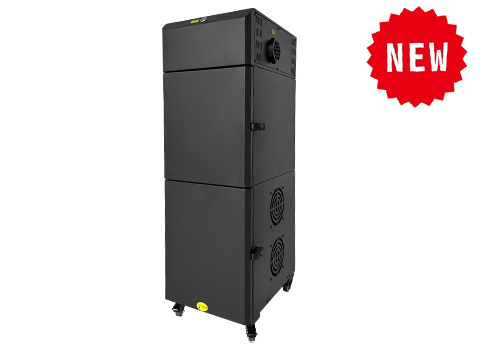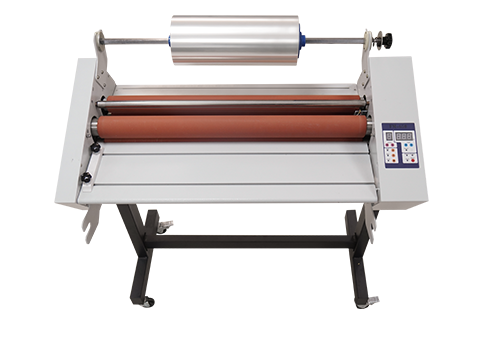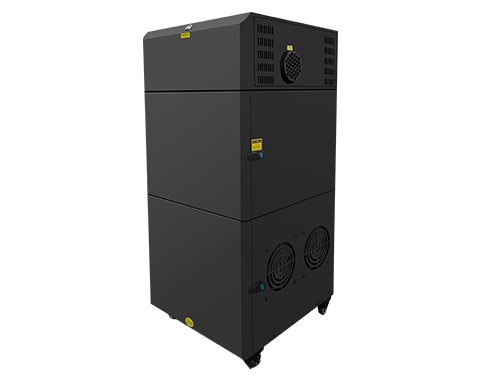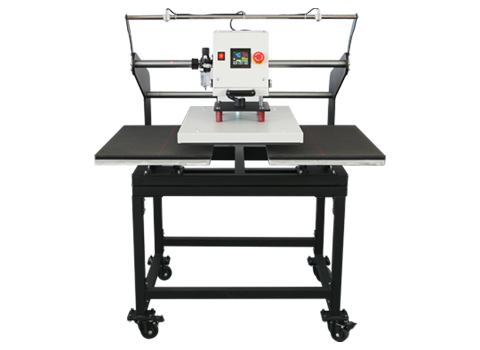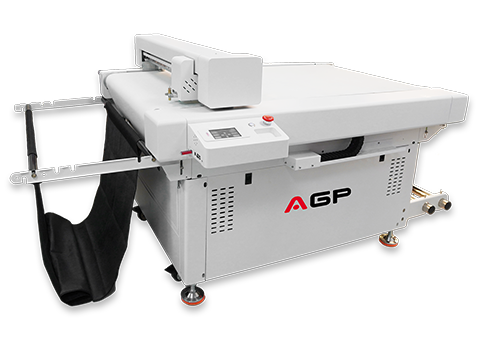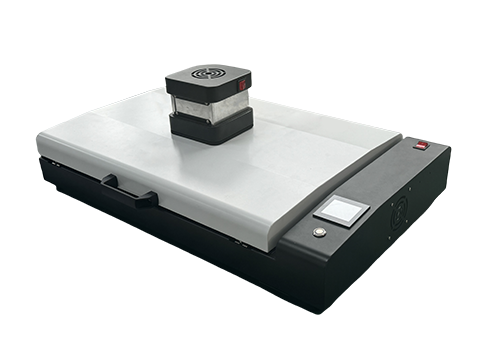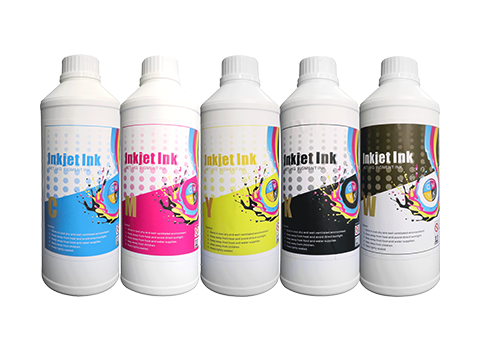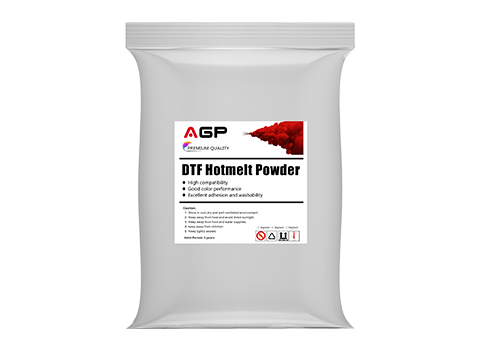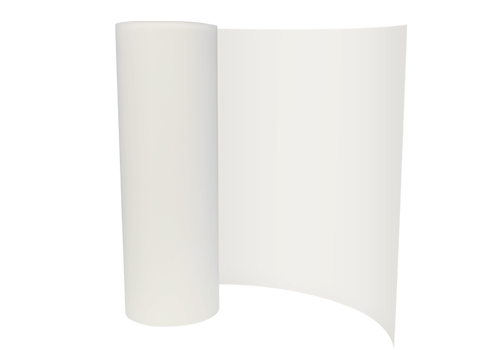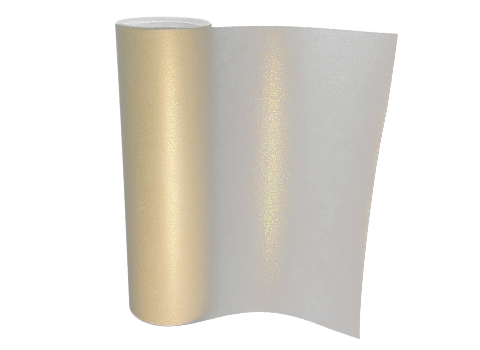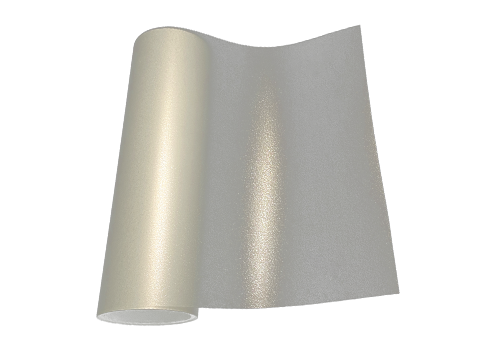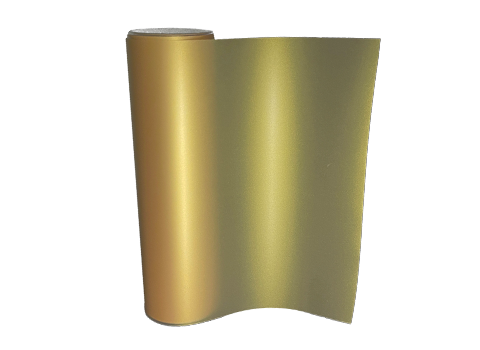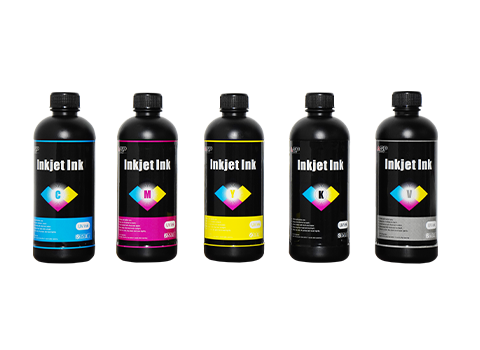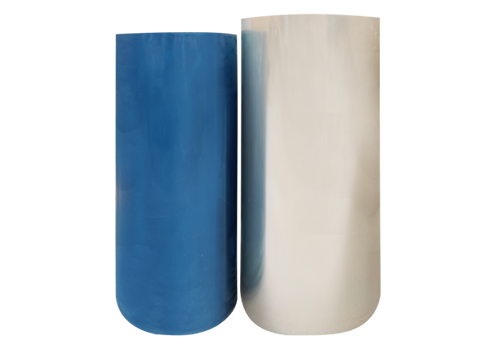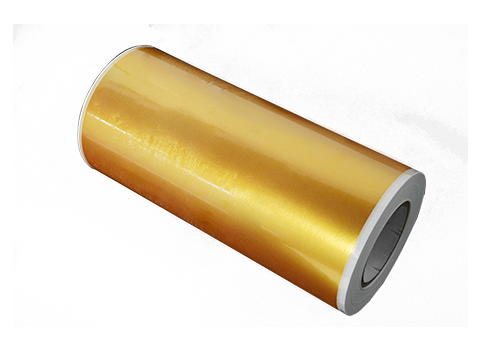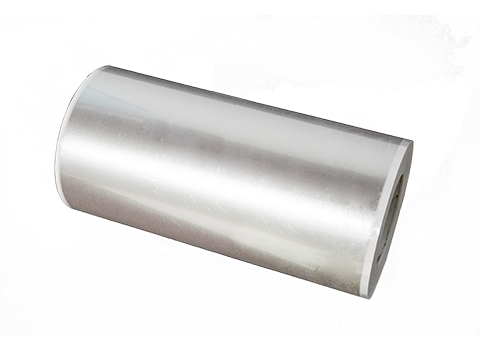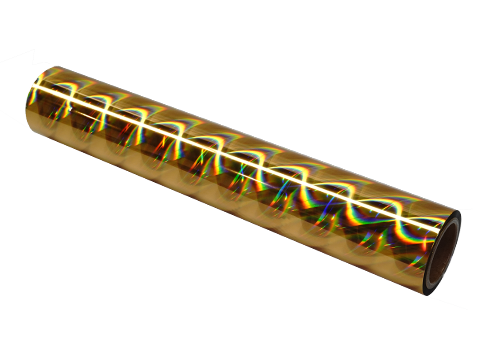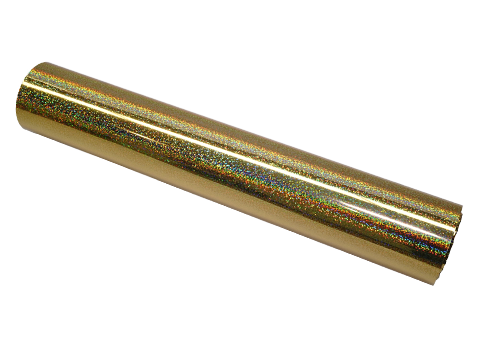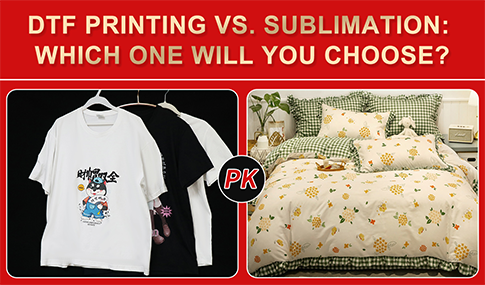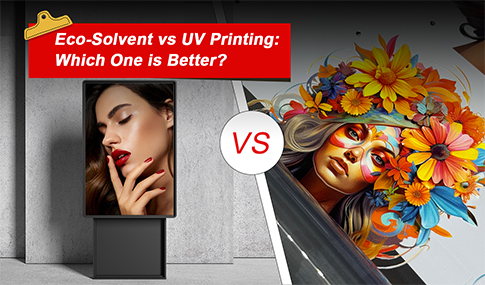Cold Peel VS Hot Peel DTF Films- Master the Difference Before You Press Print
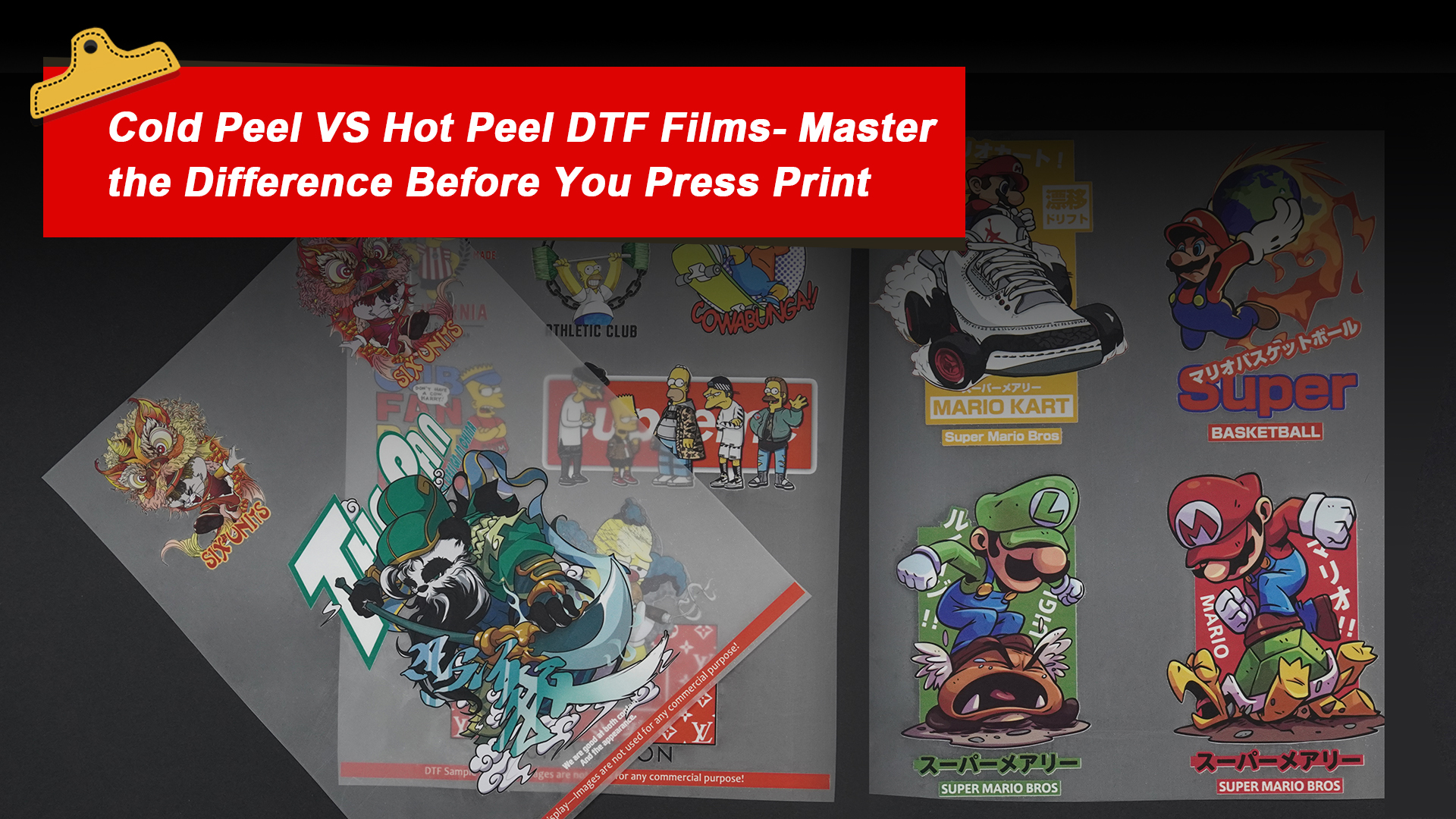
Selecting the proper type of film is a very important consideration before DTF printing. Those in the business of printing apparel or customizing textiles need to know the difference between the two most widely used films, Cold Peel and Hot Peel. In this article, we will discuss their characteristics, uses, advantages and disadvantages, etc., so that you can choose the one that’s right for you.
What Is a Hot Peel DTF Film?
Hot Peel DTF Films are designed for instant use; once pressed, the user can peel the film off while the design is still hot. The quick turnaround time of this type of production process makes hot peel films an ideal choice for large or last-minute orders. They are reasonably good quality and used in high-speed printing operations because they are faster to use.
What Is a Cold Peel DTF Film?
In this type of film, the ink and adhesive penetrate the fabric and set, resulting in a permanent and smooth finish. Cold peel is generally for more professional printing as it gives a more professional appearance.
Cold Peel vs. Hot Peel DTF: A Detailed Comparison
Cold Peel films are coated with a thicker or more textured layer because the coating needs to hold the ink during transfer more reliably and adhere better during the cooling stage. Hot Peel films are coated more smoothly and allow for immediate peeling after coating. It can be processed quicker, but the finishes are not as matte or as textured as the cold peel. The smoother surface prevents the film from sticking to the design when a fast peeling process is adopted.
These variations in coating also influence their compatibility with various printers and inks. Cold peel films are more suitable for higher-end printers, whereas hot peel films may be more compatible with beginner-level systems.
Application Process: Cold Peel vs. Hot Peel
Cold Peel Application
- Print your design onto the film.
- Sprinkle on the hot-melt adhesive powder.
- Cure the glue powder.
- Press on the fabric at about 160-170 degrees Celsius for a few seconds.
- Allow to cool completely then remove the film.
The benefit of waiting is that the glue will adhere more successfully to the fabric fibers, so there is less risk of the edges peeling or cracking after a wash.
Hot Peel Application
- Print and apply powder just like cold peel.
- Cure the glue powder.
- Press again using the same temperature and duration.
- Remove the film right after pressing.
Hot peeling speeds up the production process and comes in handy when a large quantity needs to be processed in a limited time.
The key distinction is the waiting period before peeling. Cold peel is more time-consuming but tends to have a more premium finish.
Key Differences in Appearance and Finish
Cold peel is usually recommended for a more vibrant and longer-lasting transfer and is used for “premium” apparel. Hot peel is fine for non-critical, everyday jobs and quicker runs. The appearance of the final product can affect the perception of the product by end-users, for instance, matte finishes seem classier.
How to Select the Best DTF Film for Your Printing Needs
Project scale:
For small batches and detailed prints, cold peel is often better.
Deadline pressure:
Go for hot peel is ideal when you’re short on time.
Fabric type:
Cold peel suits textured and thick fabrics better.
Finish preference:
Go for cold peel if you want a matte, premium look; choose hot peel for a shinier, quicker solution.
It is advisable to try both types of film on sample screen fabrics to determine which works best for your application. Customer expectations will also influence this decision.
Pros and Cons of Each Type
Cold Peel DTF Film
Pros:
- Improved color retention and adhesion
- Finishing smooth, high-end
- Less susceptible to wash or wear
- Great for working with dark, textured fabrics
Cons:
- Longer production time
- Requires additional cooling equipment in high-output setups
- Not suitable for time-sensitive work
Hot Peel DTF Film
Pros:
- Faster workflow
- Great for mass production
- Easier handling in busy environments
- Reduces overall production time and labor costs
Cons:
- Slightly lower adhesion quality
- Higher risk of minor defects if not peeled properly
- Limited use on complex or highly textured fabrics
Best Use Cases for Each Film Type
Cold Peel:
- Clothing brands and fashion boutiques
- Sportswear and similar items that undergo routine laundering
- Customized gifts, or items of high value that require longevity
- Complex designs requiring precision and clarity
Hot Peel:
- Mass-scale t-shirt printing companies
- Print-on-demand companies with a quick turnaround time
- Promotional apparel where speed has preference over longevity.
- Ad hoc events or seasonal pushes that require fast turnaround
Conclusion
Whether you are new to DTF printing or an expert in printing at high volumes, knowing the difference between cold peel and hot peel DTF films can help you improve your product quality and workflow efficiency. Cold peel films are used for projects that require more of a polished look because their finish is more resilient and hot peel films are used more for bulk orders because of their speed and simplicity. Ultimately, it is up to you to decide based on how you want and need to produce, design, and what your customers expect.
Understanding the strengths and weaknesses of each film type will allow you to get the best possible results in all your printing and ultimately create a more efficient printing workflow. As the DTF printing market continues to grow, these little details can set you apart.

